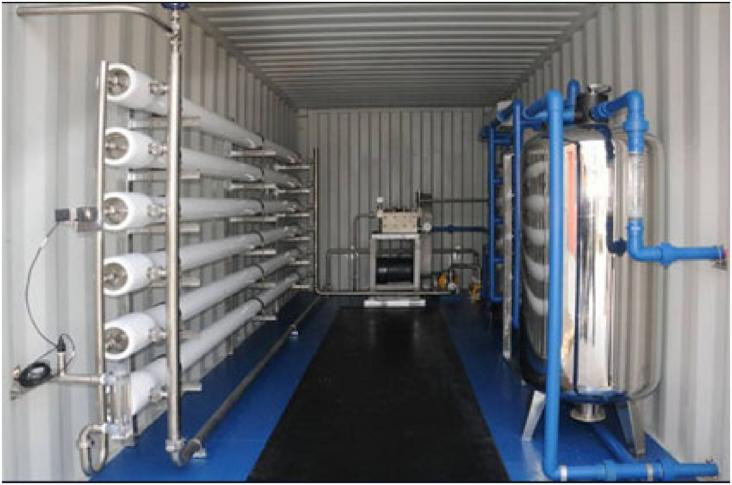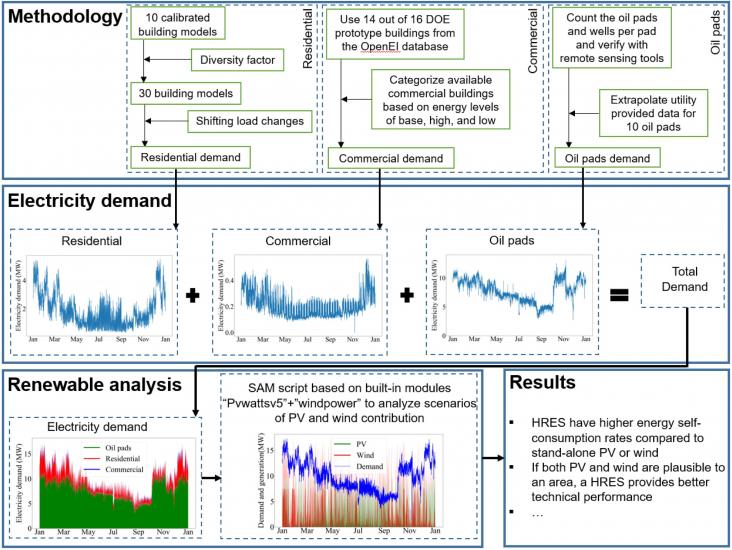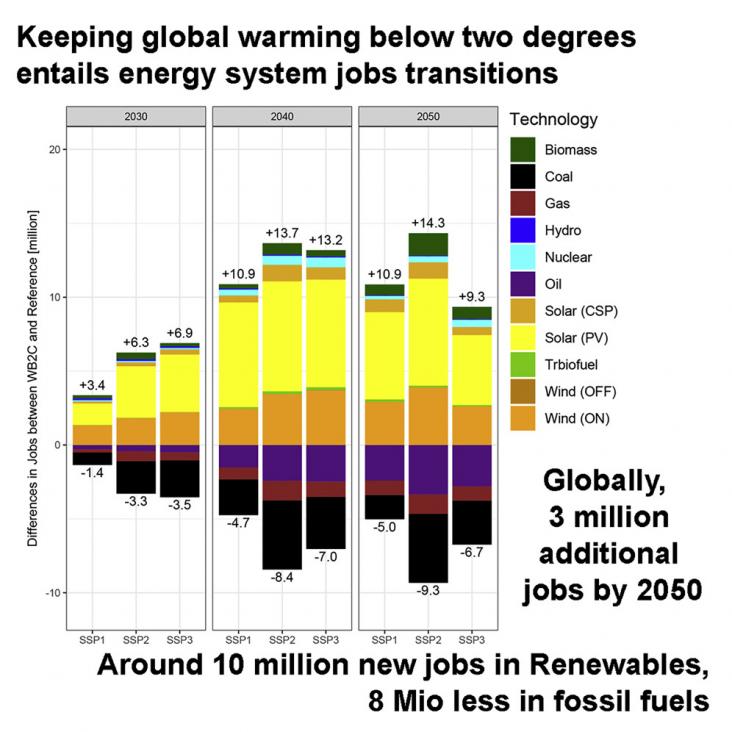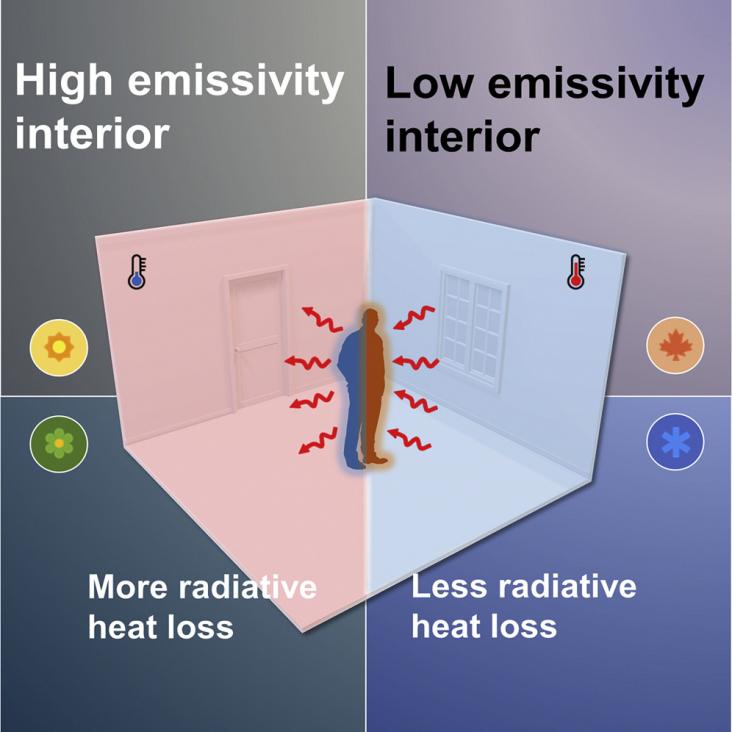This article supports SDGs 7 and 9 by introducing interpretable artificial intelligence (AI) tools, especially proxy models based on artificial neural networks, efficient variable analysis and optimal value prediction of membrane electrode components in proton exchange membrane fuel cells, thereby improving their performance and reducing computational costs.
The review examined the potential of renewable and non-renewable energy resources and the current state of exploitation in Kenya.

Many inhabited Greek/Mediterranean islands are unsustainable without mainland support due to lack of access to clean water and energy. This case study establishes the feasibility of sustainable green energy solutions for these settlements.

This paper provides a methodology for the holistic analysis of hybrid renewable energy systems in rural communities.

To limit global warming to well-below 2°C (WB2C), fossil fuels must be replaced by low-carbon energy sources. Support for this transition is often dampened by the impact on fossil fuel jobs.
Owing to its versatility, biomass can be used for a range of CO2 mitigation and removal options.
The lock down engendered by COVID-19 pandemic has impacted positively on the environment through reduction of the emissions of green house gases, CO2, CO and other pollutants into the atmosphere below
Local authorities in the United Kingdom are recognised by central government as key agents to achieving the national net zero target aimed at stabilising global temperatures at or below 1.5 degrees in
Despite the improvement in technologies for the production of alternative fuels (AFs), and the needs for using more AFs for motor vehicles for the reductions in air pollution and greenhouse gases,

